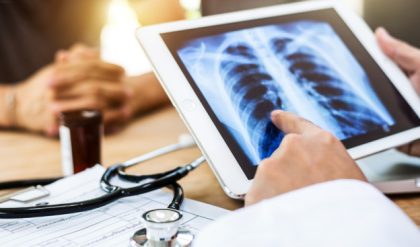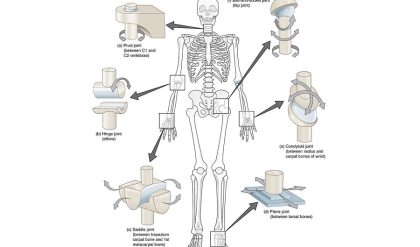With the increasing autonomous capabilities of vehicles, and with fully driverless cars just on the horizon, many automotive manufacturers are promising a future with fewer traffic fatalities and serious injuries. Although the types of crashes we see most often will probably change, collisions will most certainly still happen. But what will happen to the occupants inside?
As passengers in a regular vehicle with a driver at the wheel, most of us have experienced how our bodies react when a driver slams on their brakes, especially if we are occupied with any other task: we feel like we are being “pulled” towards the front of the car (and how strongly we get pulled depends on how hard they hit the brake pedal). We are pulled forward during braking because of inertia – we were moving along a trajectory and when the car suddenly slows down, our body wants to continue to be in motion along the same trajectory, as per Newton’s first law. And that’s without any crash happening! These inertial forces also act on humans (and anything else) in a vehicle during a crash: occupants initially move towards the area of impact (see Figure 1 below for a basic overview of occupant kinematics).
The next time you’re in a car and the driver brakes, try and notice how your muscles tense as you brace yourself (it is different if you’re driving, since you’re aware and applying the braking forces). This tensing of the muscles is called a neuromuscular response, and it resists against the inertial forces pulling you forward in the vehicle. In general, the neuromuscular response time (the time it takes for our brain to react to a stimulus and tell our muscles to respond accordingly) is about 180 milliseconds.[1] But the average crash lasts only 100 milliseconds.[2] That means that our bracing neuromuscular response takes longer to kick in than the duration of the crash itself! So, we can only brace ourselves for an impending crash when we are able to anticipate that it is about to happen, such as in a frontal collision when we are looking ahead or in a rear-end collision if we happen to glance in the rearview mirror in advance. But, if we have no warning whatsoever that a crash is imminent, we can’t brace ourselves; it is a human limitation.
Just how important is bracing? Several studies, including Canadian research[3] found that bracing during a low speed frontal collision reduced the forward movement of the knees, hips, elbows, shoulders and head by up to 70%. Because injury can occur due to direct contact (i.e. knees hitting the dash) or when the tissues are stretched or twisted beyond their normal limit (i.e. when the neck is overstretched backwards during a rear end collision), occupants can reduce their risk of injury by reducing their movement through bracing.
With the insurgence of vehicles that are increasingly autonomous, the ability for drivers and passengers to take their focus off the road will result in least some of them being less aware of an imminent collision and leave them unable to brace. Compounding the risk of injury is the fact that occupants are likely to be seated improperly or differently when cars can drive themselves. Research that examines the risk of occupant injury in a collision relies upon crash testing using ‘properly seated occupants,’ not occupants watching a movie on their iPad or working on their laptop. Being “out of position” in a vehicle and less aware of surroundings will leave passengers more vulnerable to some injuries in the event of a crash.
While their numbers in terms of fatalities and even serious injuries are likely to improve, the University of Michigan’s Transportation Research Institute found that autonomous vehicles got into more crashes overall (9.1 crashes per million miles driven for autonomous vs. 4.1 crashes per million miles driven for conventional vehicles).[4] This study also found that autonomous vehicles had a higher rate of injury per crash when compared to conventional vehicles.
As we “brace” ourselves for the vast automotive and other technological changes that will be brought about by driverless technology, there are many questions about occupant response in different environments that will require further research and investigation and may present further challenges in understanding injuries and patterns sustained during a vehicle crash or during robotic braking and sensor-based collision avoidance maneuvers.



